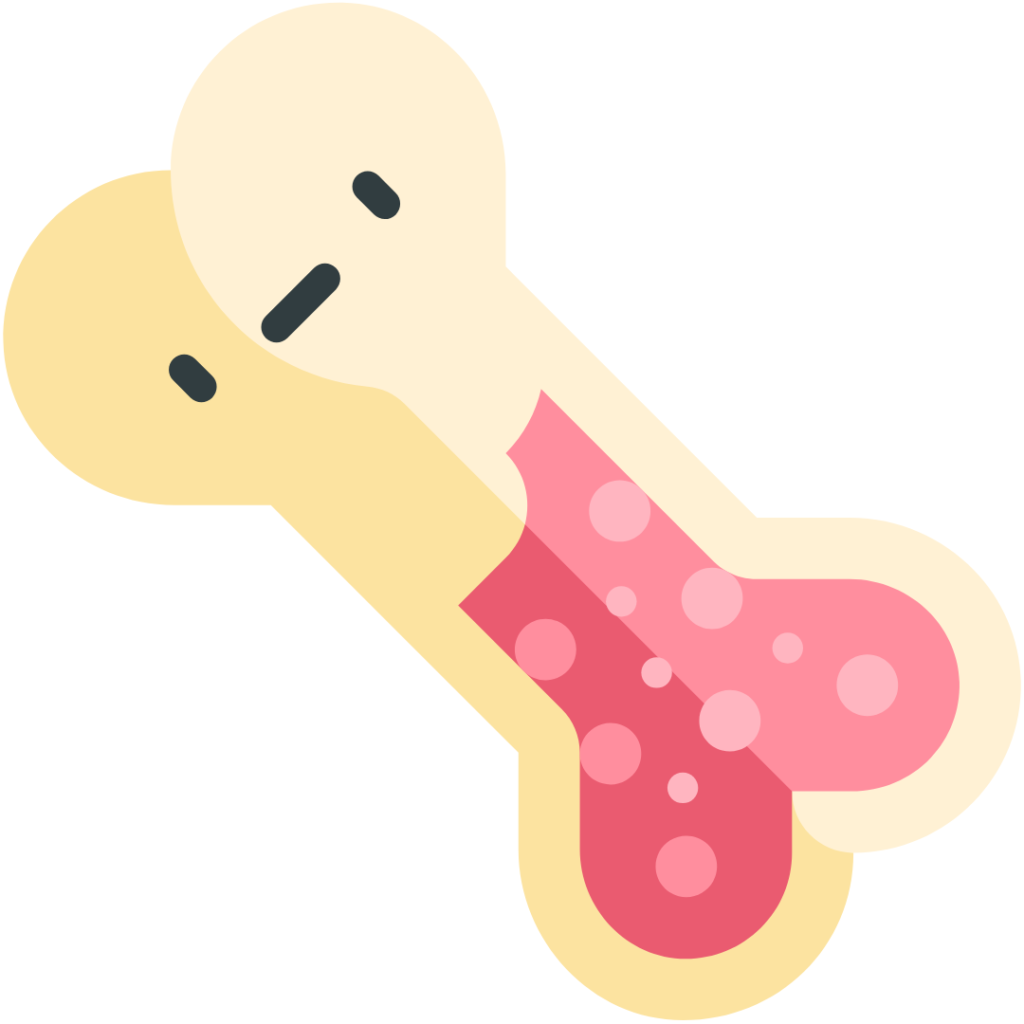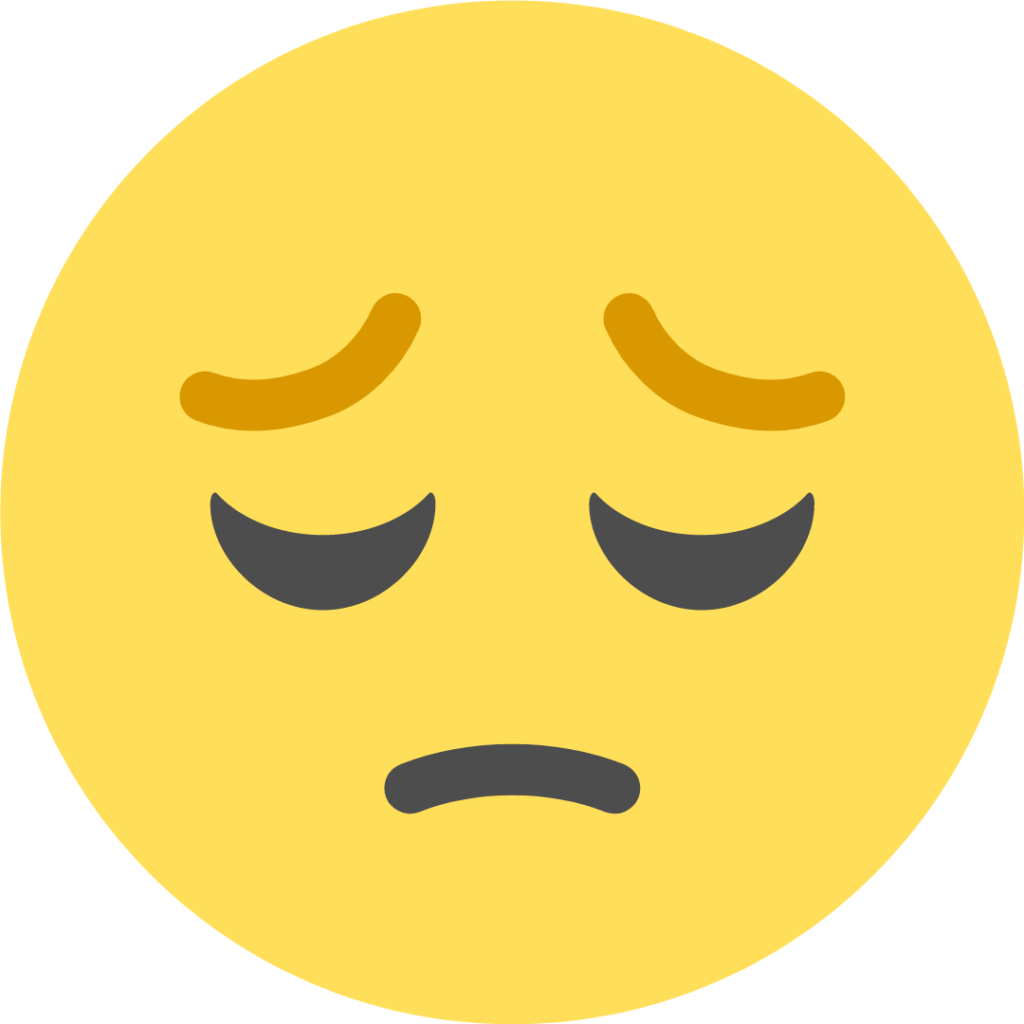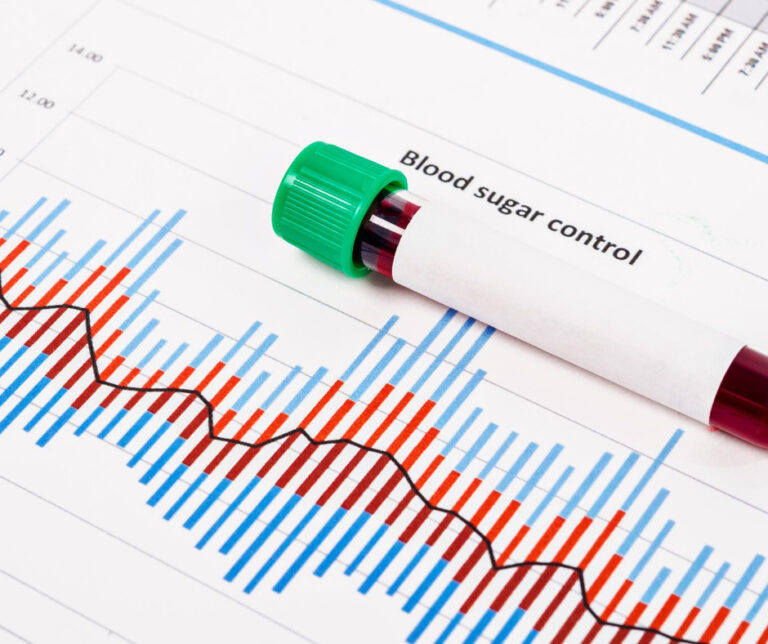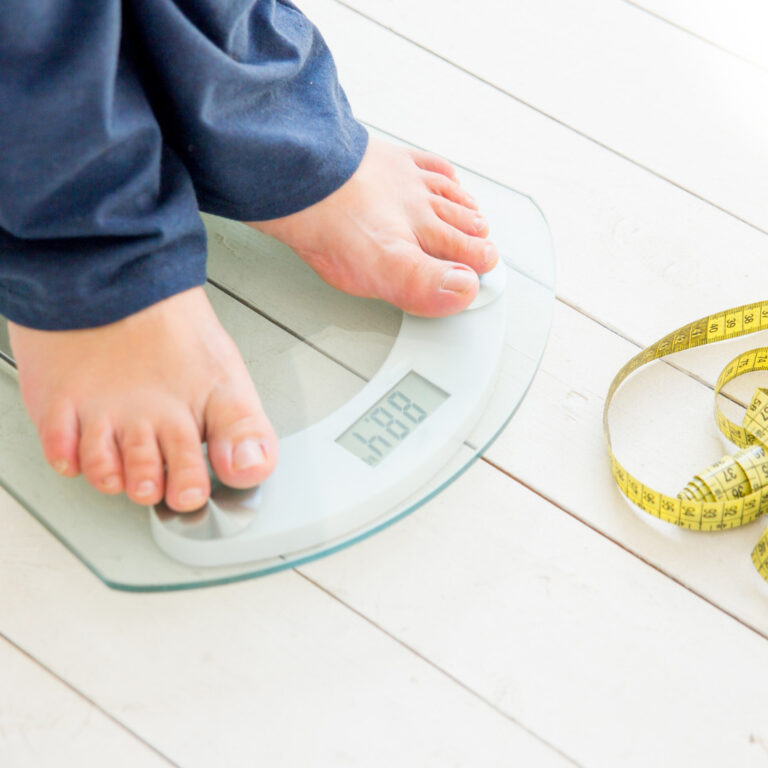What is Bone Health and Why it Matters
👉Bone loss or Osteoporosis is a major public health problem in this country and could be life altering
👉One out of every two women and one of every four men over the age of 50 are at risk for osteoporosis, low bone density, and will have a fracture.
👉Osteoporosis is often silent until someone breaks a bone; but then, a fracture can change their life.

Healthy bone (on the left) is strong, it holds us up, it protects our internal organs, and when muscles contract and relax, bones help us move around!
When bones lose their mineral density, our structure becomes weak and unable to take normal weight, leaving bones that break easily.
You can see that the bone on the right is thinner and not even connected in some places. This bone could break with very little impact. People with osteoporosis can break a bone from a minor fall, or in serious cases, even from simple actions like sneezing or bumping into furniture.
Osteoporosis is often called the silent disease
👎 70% of people over don’t’ even know they have it
👎Approximately 10 million Americans have osteoporosis and another 44 million have low bone density, placing them at increased risk of a fracture.
👎The disease is responsible for an estimated two million broken bones per year
I know it sounds like I’m trying to scare you and I guess I am. I want you to take it seriously because often you don’t feel any different until you break a bone. But life isn’t over…. you just have to do things a little differently.

Ok I’m going to get a little “sciencey” so you understand that bone is a living tissue
It is easy to think of bone as a hard, lifeless part of our body. But, bone is a living, growing tissue with old bone being removed and replaced with new bone.
Bone remodeling takes place all the time; There are cells located along the surface of the bone called Osteoblasts and Osteoclasts. Osteoblasts -builds the bone, whereas an Osteoclasts eats up the bone so that it can be reshaped into a stronger and resilient load-bearing structure. The coordinated action between osteoblasts and osteoclasts is known as Bone Remodeling. Bone remodeling also takes care of regulating the mineral levels in your bones, particular calcium and phosphorous
Because of this process called remodeling, the bones that you have now are not the same bones that you had 7-10 years ago, and they will not be the same bones you will have in 7-10 years. This is good news in that with work on your part to improve this remodeling you could improve your weak bones. Let me explain this a bit more.
In healthy bones, the osteoclast and osteoblast activity is balanced. Our bones become thinner and more fragile when this remodeling becomes unbalanced – in other words when removing bone happens faster than replacing bone. Does this make sense?
Let me share why and when this remodeling becomes unbalanced.

This is the life cycle of the skeleton. Throughout childhood, the osteoblasts or bone forming cells are working faster than the osteoclasts or cells that are breaking down bone. The skeleton grows very rapidly during the teen years and about 30 we hit ‘peak bone mass’
Once you reach peak bone mass, the remodeling process is more balanced. The osteoblasts and osteoclasts are working at the same pace and bone mass stays relatively stable until around menopause for women (and about age 70 for men). At menopause, because of the decrease in estrogen, the osteoblasts do not keep up with the osteoclasts and there is a rapid period of bone loss During the five years around menopause women can lose as much as 25-30% of their bone mass.
Men continue to lose bone density at a steady and slower rate than women and at about age 70, the reduction in their hormone levels begins to cause more rapid bone loss.
Important take away here:
Parents, grandparents – make sure your young ones are doing all they can to build as much bone as possible in their teens because it’s like a bank account, so when we get to our 50s the more bone we have to pull from.
Now let me share who’s at risk, factors you can’t change and some you can
Risk Factors For Osteoporosis – THINGS YOU CAN’T CHANGE

GENDER – 80% of people who have osteoporosis are women. Women have a higher risk than men due to dropping of their estrogen as we age.
RACE and FAMILY HISTORY – About 65% of bone health can be attributed to heredity. Osteoporosis can occur in people of all races and ethnicities. But in general, studies find that Caucasians (especially of northern European descent) and Asians are at increased risk. These are mainly due to calcium consumption and frame size. if your mother or father had osteoporosis, you are at a higher risk yourself.
FRAME – Men and women who have small body frames tend to have a higher risk because they might have less bone mass to draw from as they age. If your wrist size is <6.5 in you have a small frame
AGE AND MENOPAUSE – We can’t change our age (although I’m trying!) The older you get, the greater your risk of osteoporosis.. When women start menopause (peri-menopause) their levels of estrogen and other hormones drop sharply. Because estrogen is the hormone that helps maintain bone density, this drop can lead to significant bone loss as I mentioned earlier.
Finally, there are a number of medical conditions and medications that can affect the bones. I’ll show you a list of the most common below.
We can’t do too much about these risk factors, but it is important that you are aware of them so that you can take extra steps to minimize their impact.
Have you taken my Osteoporosis Risk Assessment? Click this link and see where you stand today OSTEOPOSOSIS RISK ASSESSMENT
Risk Factors For Osteoporosis – THINGS YOU CAN CHANGE

The good news is that there are a number of factors that you can change.
NUTRITION – Getting enough calcium and vitamin D
EXERCISE – The “right” kind of physical activity to promote strong bones
NOT smoking – no explanation needed
Alcohol Consumption – limiting alcohol to less than 1 per day for women and 2 for men
Caffeine Consumption – limiting to 2 cups per day
Increase low body weight (<127 lbs or BMI <20 – Making sure you body weight is appropriate and by appropriate I mean not too thin. Yes you can be too thin!
Some Medications – And there are some medications that might affect your bones., it is important that you talk with your doctor or pharmacist about these.
Conditions That Cause Bone Loss
There are several medical conditions that can cause bone loss. This is a list of the most common ones.
Alcoholism
Cancers
Celiac Disease
Crohn’s Disease
Cushing’s Disease
Diabetes Type 2
Disordered eating
Hyperthyroidism
Hypogonadism
Liver Disease
Malabsorption of nutrients (leaky gut)
Rheumatoid Arthritis
If you are diagnosed with a chronic condition, you should ask your doctor if bone loss is a concern, so you can increase your prevention strategies.
Medications That Cause Bone Loss
There are several medical conditions that can cause bone loss. Being on steroid drugs, like prednisone, is one the most common
Anticoagulants (Heparin)
Anticonvulsants (Dilantin)
Aromatase Inhibitors (cancer treatment)
Androgen deprivation therapy
Chemotherapy drugs
Cyclosporine
Lithium
Methotrexate
PPIs (Nexium, Prilosec, Zantac)
SSRIs (Prozac, Zoloft, Paxil)
Oral steroids (Prednisone)
Tamoxifen (cancer)
Thyroxine – high doses (Synthroid)
If you are taking any medication currently, or start a new medication, always talk to your doctor about how it may affect your bone health.
Medications That Cause Bone Loss
I’ve reviewed some of the things that can put you at risk and there are signs that you might already reduced bone mineral density
Early Stages
😒Brittle Nails – The most common reasons for brittle fingernails are hormonal changes and nutrition. Women who are going through menopause have fluctuating estrogen levels. On top of causing dry skin and thinning hair, this can also affect nail strength and may be a sign of early bone loss.
😒Receding Gums – Bone loss is directly related to oral and dental health. After all, 99% of the calcium in your body is in your bones and teeth!¹⁰
😒Weak Grip Strength – I didn’t get much information as to why this happens but a study found a correlation – something to think about
Later Stages
😭Low Impact Fracture. The most common sign of the later stages of osteoporosis is a bone fracture from a fall. Sadly, this is how many people discover they have it. A bump you wouldn’t have thought twice about a couple of years ago can now be enough to break or fracture a bone.
😭Loss of 1.5 inches of height. Another sign – you’re shrinking? And there’s a chance it’s not just age-related. While it’s normal to lose a little height as you age, too much height loss can be a warning sign of a vertebral fracture. In fact, it is not uncommon for someone to report back pain, only to discover it’s actually a fractured vertebra in their spine. Make sure that you get your height measured at every doctor’s visit.
😭Stooped Posture may be due to compression fractures in your spine which is another sign of weak bones.
How You Know For SURE
GET A BONE MINERAL DENSITY TEST (also known as DEXA Scan)
The only way you can know for sure that you have osteoporosis or osteopenia (the beginning of bone loss) is to get tested.
The gold standard is a Bone Mineral Density Test or DXA Scan. This test measures the amount of bone density, usually in the spine and hip. It is simple and painless, and takes about 15 minutes. I had one done about 2 years ago.
This is what I learned about coverage benefits for my location
Women age 65+
Men age 70+
Anyone younger with a risk factor (take my risk assessment with you to your doctor).
I had several risk factors, race, heredity, small frame and menopause but my insurance wouldn’t cover it so I paid for it my self and I’m glad I did because the test told me I have osteopenia and now I’m super motivated to mitigate my chance of breaking a bone. I found my “why” If you want to know more about that leave me a comment below.
What’s Next?
Now that we know about what low bone density is, what problems it can cause and how to diagnose it, read my next blogs to understand how stay healthy ENOUGH to do all the things you want to do in life and maintain your independence
👉And becoming more resilient to weaker bones (coming soon)
👉Lastly there are medication options to possibly reverse bone loss – I am not qualified to speak to these so please talk to your doctor.
If you’re ready to start building strong bones through EXERCISE check out my new STRONG…ENOUGH Basic Strength Training Program. If you know the importance of strength training but are afraid to get started, this is the perfect program for you. Clicking this special link will also let you try the program for only $5 for your first month. Don’t like it you can cancel anytime
More questions? Reach out and book a FREE 30 Minute Wellness Consultation today BOOK NOW






